
Imagine waking up in the middle of the night to the unsettling sound of water splashing against the floor. You stumble to the bathroom, only to find that it's flooded—a homeowner's nightmare, right here in St. Petersburg. Even a minor bathroom flood can escalate quickly, causing significant damage that can be costly and stressful to manage. But fear not!
In this article, we'll guide you step-by-step through the process of tackling bathroom floods, from immediate actions to long-term solutions.
Immediate Actions to Take During a Bathroom Flood
Turn Off the Water
The first and most critical step when you discover a bathroom flood is to shut off the water source. If the flooding is coming from a fixture like a sink or a toilet, try to close the valve near that fixture. However, if you're unsure where the water is leaking from or if it's not stopping, you'll need to locate and turn off the main water shutoff valve.
Typically, this valve can be found where the main water line enters your home; in St. Petersburg homes, it might be inside, in the garage, or near the street under a metal cover. Knowing the location of this valve before an emergency occurs can save you precious time and prevent further damage.
Ensure Electrical Safety
With water on the floor, there's a risk of electrical hazards. Before you start handling the flood restoration process, ensure your safety by turning off the power to the affected area. You can do this at your circuit breaker box by switching off the breakers connected to your bathroom. Always avoid touching electrical switches or appliances when standing on a wet floor.
If the flooding is severe and you suspect that water may have reached electrical outlets or appliances, it's safer to turn off the main power switch to your house until the water recedes or can be safely removed.
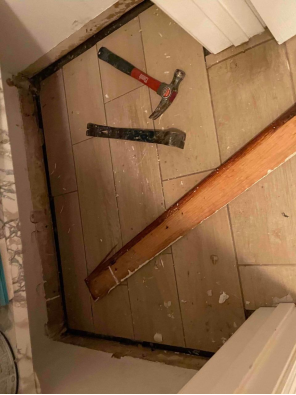
Assessing and Minimizing Damage
Remove Standing Water
Once the immediate risks are mitigated by turning off the water and ensuring electrical safety, the next task is to remove the standing water. Begin by using whatever tools you have—be it a wet-dry vacuum, mop, or towels. The faster you can get the water out, the less damage it will cause to your flooring, walls, and fixtures.
Focus on soaking up water from hard-to-reach areas like behind the toilet or under the vanity, as water left in these spots can lead to more severe issues like mold and structural damage. For larger floods, it may be beneficial to rent a pump or hire professional water extraction services.
Ventilate and Dry the Area
After removing as much water as possible, ventilating the area is critical to help everything dry out and prevent mold growth. Open windows and use fans to circulate air throughout the affected space. If the humidity outside is lower than inside, this will also help draw moisture out of the porous materials in your bathroom.
For more severe cases, consider using a dehumidifier to pull moisture from the air and expedite the drying process. This step is vital not only to dry the visible surfaces but also to draw moisture out of drywall and flooring, which can harbor mold if not properly dried.
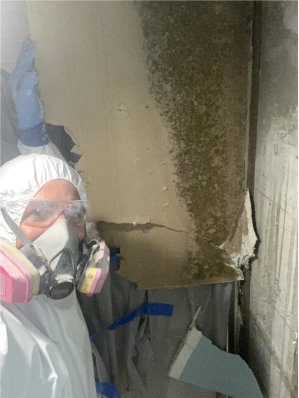
Clean-up and Mold Prevention
Cleaning and Disinfecting
After the water is removed and the area is mostly dry, the next step involves a thorough cleaning to prevent the growth of mold and bacteria. Use a strong disinfectant to clean all surfaces that come into contact with flood water. This includes floors, walls, and any fixtures within the bathroom. It's crucial to use a cleaning product that not only removes dirt and residue but also kills any lingering pathogens and mold spores.
For non-porous surfaces, solutions containing bleach or hydrogen peroxide are effective. Always ensure the room is well-ventilated when using strong cleaning agents to avoid inhaling fumes.
Mold Prevention Strategies
Mold can develop within 24 to 48 hours following exposure to moisture, so taking proactive steps to prevent its growth is essential. After cleaning, assess the bathroom for potential mold growth areas. Use mold inhibitors on surfaces prone to moisture. Keep the area dry and maintain low humidity levels; using a dehumidifier can help manage moisture in the air.
Regularly inspect the bathroom for signs of mold, especially in hidden areas like behind cabinets or under sinks. If you spot any mold, treat it promptly with a mold-killing solution to prevent it from spreading.
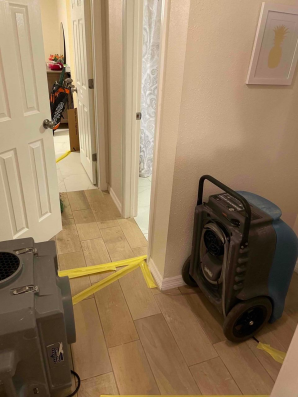
When to Call the Professionals
Evaluating the Need for Professional Help
Sometimes, the severity of a bathroom flood may surpass what can be safely managed with DIY methods. It's important to recognize when to call in professional flood restoration services. If the water damage has penetrated structural elements like subflooring or drywall, or if there is significant mold growth, professional intervention is necessary.
Restoration experts have the tools and expertise to thoroughly dry out deep structures and eradicate mold, ensuring your home's integrity and your health are not compromised. Additionally, if the source of the flood is related to plumbing failures that you cannot fix, like a burst pipe, professional plumbers should be consulted.
Choosing a Flood Damage Repair Company
Look for licensed, insured, and reputable services in St. Petersburg that specialize in water damage and mold remediation. Read reviews and ask for recommendations from friends or family who have had similar work done. It's also wise to obtain quotes from several companies to ensure you are getting fair pricing.
A reliable company will offer a detailed plan of action and a clear estimate before beginning work. They should also help you understand the process and expected outcomes, giving you peace of mind that your home will be restored to a safe and livable condition.
Facing a bathroom flood in St. Petersburg?
Don't let water damage become a bigger disaster! Flood Pros USA is here to help, offering same-day restoration in St. Petersburg to get your home back to normal swiftly and efficiently. Our expert team specializes in water damage restoration, mold remediation, and flood restoration, ensuring complete care for your home.
Tags
Subscribe to Flood Pros USA's Blog


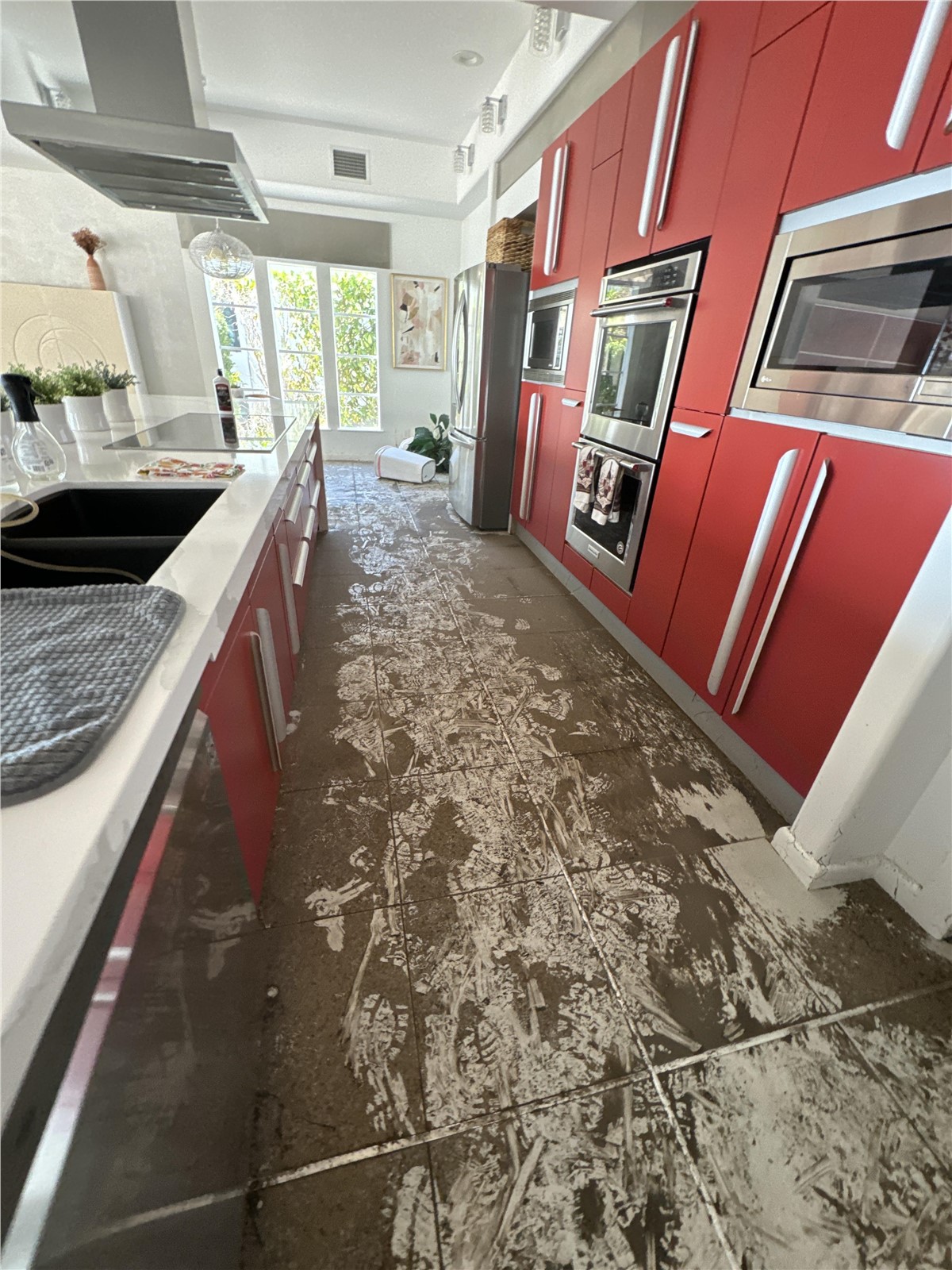
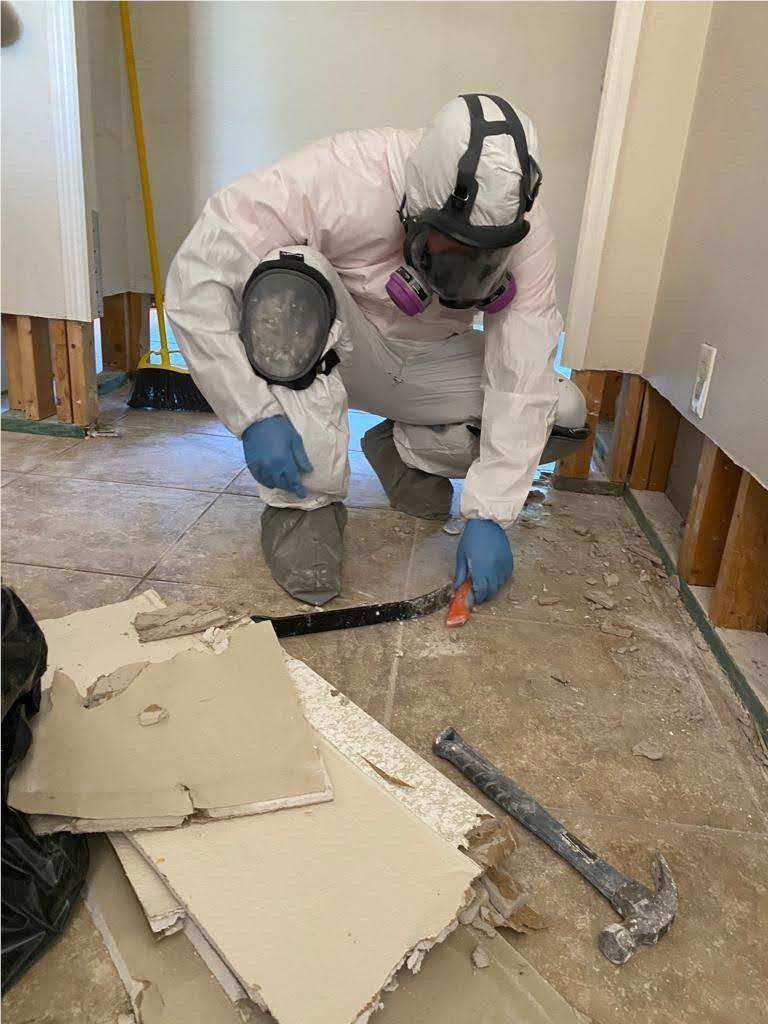

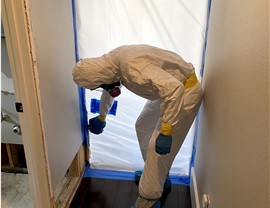

Comments